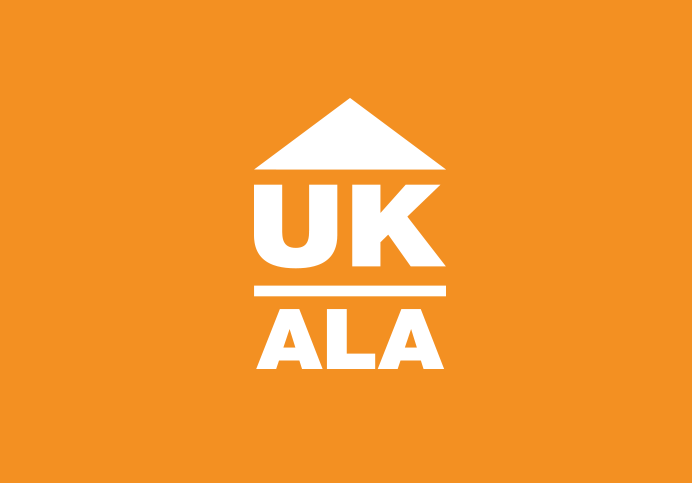
Tenancy Deposit Schemes and ADR
You will know that there are three Tenancy Deposit Schemes to choose from and that any deposit taken now has to be protected by using one of these schemes. The common factor of each scheme is the alternative dispute resolution or ADR.
You will know that there are three Tenancy Deposit Schemes to choose from and that any deposit taken now has to be protected by using one of these schemes. The common factor of each scheme is the alternative dispute resolution or ADR.
This is the option available to the tenant and landlord in the event of a dispute over any issue connected with the repayment of the tenant’s deposit. It is an alternative to going to court. The landlord and the tenant must agree to use this arbitration service for it to have the authority to deal with the complaint. The findings of the ADR service are binding on both parties.
Each ADR service is similar and each is free to both parties. They all provide an independent body (arbitrator) to look at the evidence provided by the tenant and landlord in connection with any dispute over the retention of all or part of the deposit. The arbitrator will examine this evidence and make a decision as to who will receive the bond monies. This decision will be final. There is no appeal.
The evidence will be paper based. There will not be a requirement to attend any hearing and decisions are expected to take about a month with payment being made within ten days of the verdict.
The landlord’s evidence will usually consist of the tenancy agreement, the inventory and any bills for dilapidation costs including any bill for the purchase of any item allegedly damaged during a tenancy.
There was some thought given to making a provision in the tenancy deposit legislation to dictate the style of an inventory but it was decided that inventories were too diverse to be regulated in their style and content.